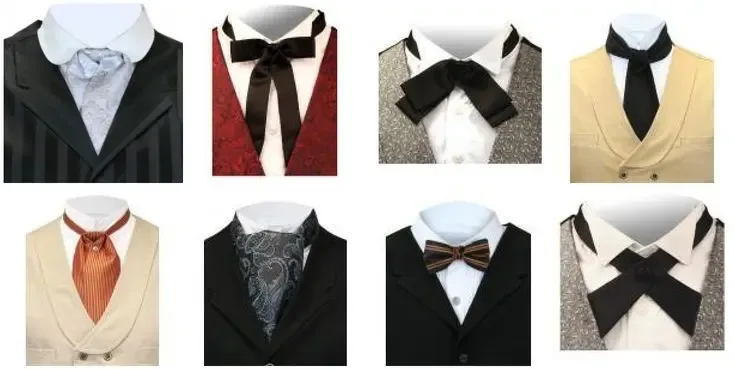While the casualization of menswear has led many to abandon the necktie, this storied accessory remains a cornerstone of refined dressing. From boardrooms to black-tie affairs, the right tie, paired with the proper knot, can elevate an ensemble from ordinary to distinguished. Here, we decode the heritage, appropriate contexts, and knotting techniques for five essential tie styles.
1. The Traditional Silk Tie
Origins & Significance:
Silk neckwear dates back to China’s First Emperor and Roman antiquity, but the modern tie as we know it was popularized by Beau Brummell in Regency England. Its adoption by the Prince Regent cemented its status as a symbol of aristocratic elegance.
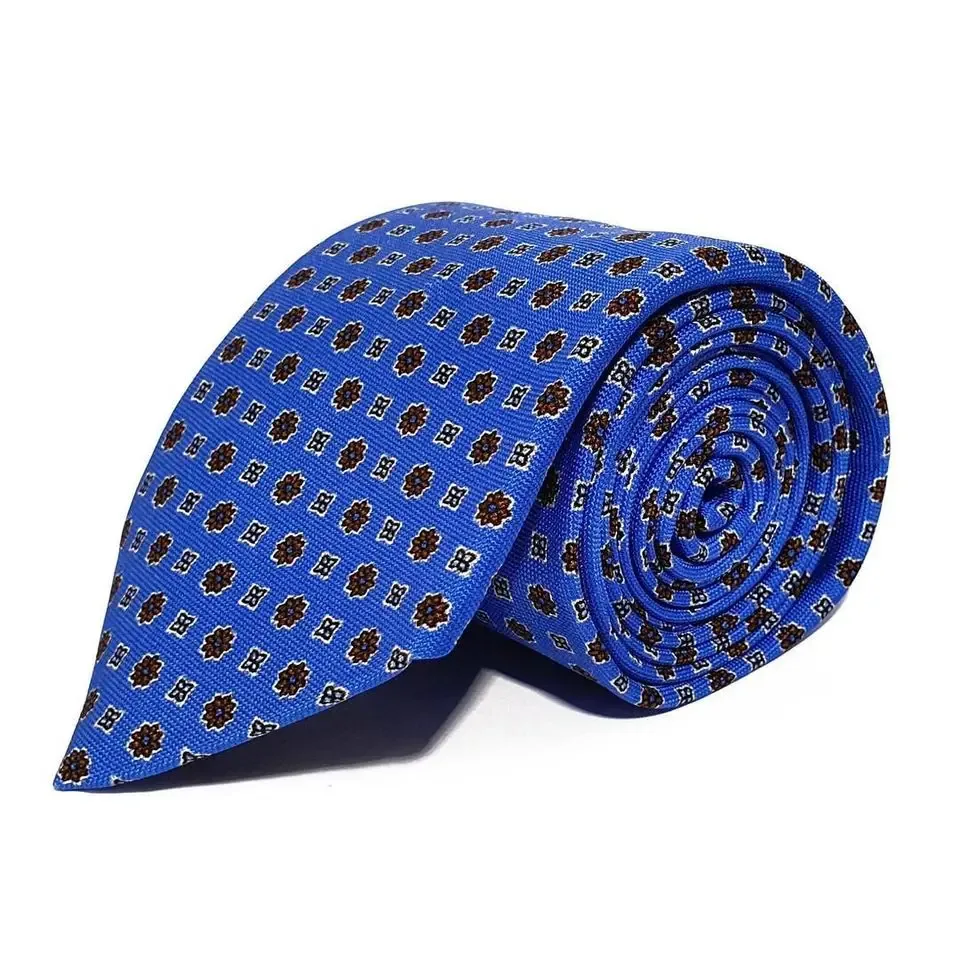
When to Wear:
Reserved for formal settings—paired with a lounge suit or morning dress. Avoid with separates or unstructured summer suiting.
Knotting Techniques:
Four-in-Hand: A slightly asymmetrical knot, named after London’s 19th-century Four-in-Hand Club. Ideal for medium-weight silk ties.
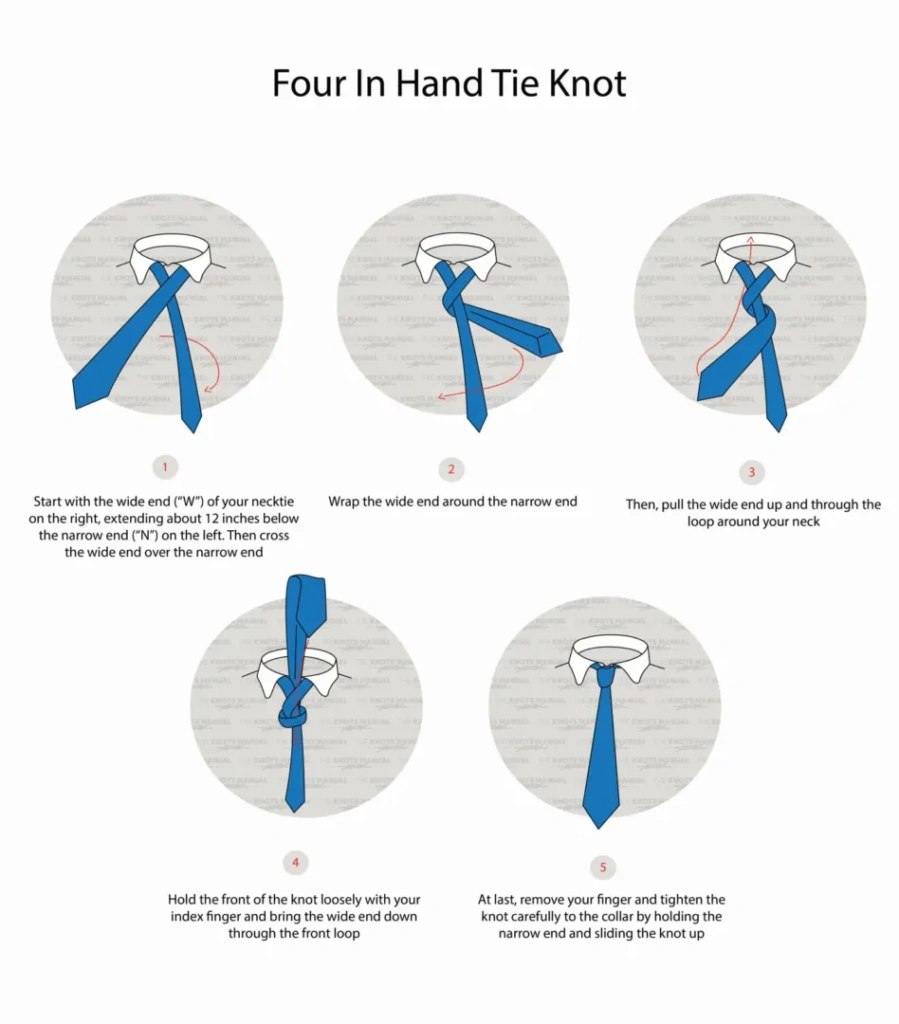
Half Windsor: A fuller, triangular knot that maintains elegance without the bulk of a full Windsor (which, despite its royal namesake, often appears overly assertive).
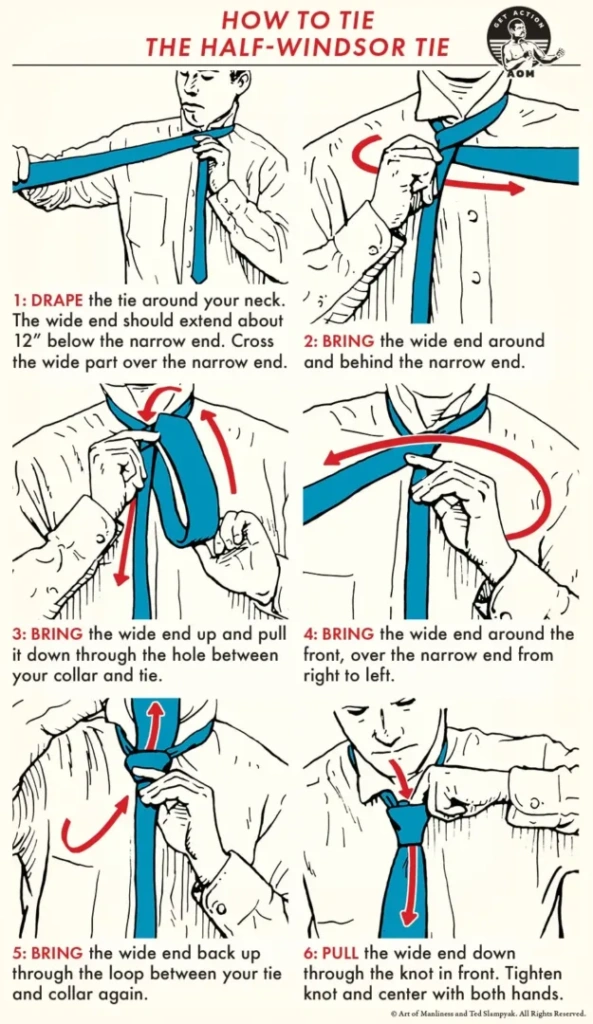
Pro Tip: The Duke of Windsor actually favored a four-in-hand variation—photographic evidence shows his grandfather, Edward VII, wearing what we now call the Windsor. Unless you’re a Hollywood director or a Mayfair tobacconist, opt for subtler knots.
2. The Regimental or Club Tie
Origins & Significance:
The I Zingari, the world’s most exclusive sporting club, pioneered striped ties in the mid-19th century. Regimental ties follow a strict “heart to sword” stripe angle (left to right), while American interpretations (e.g., Brooks Brothers) often reverse the direction—likely due to cutting techniques rather than deference to British military tradition.
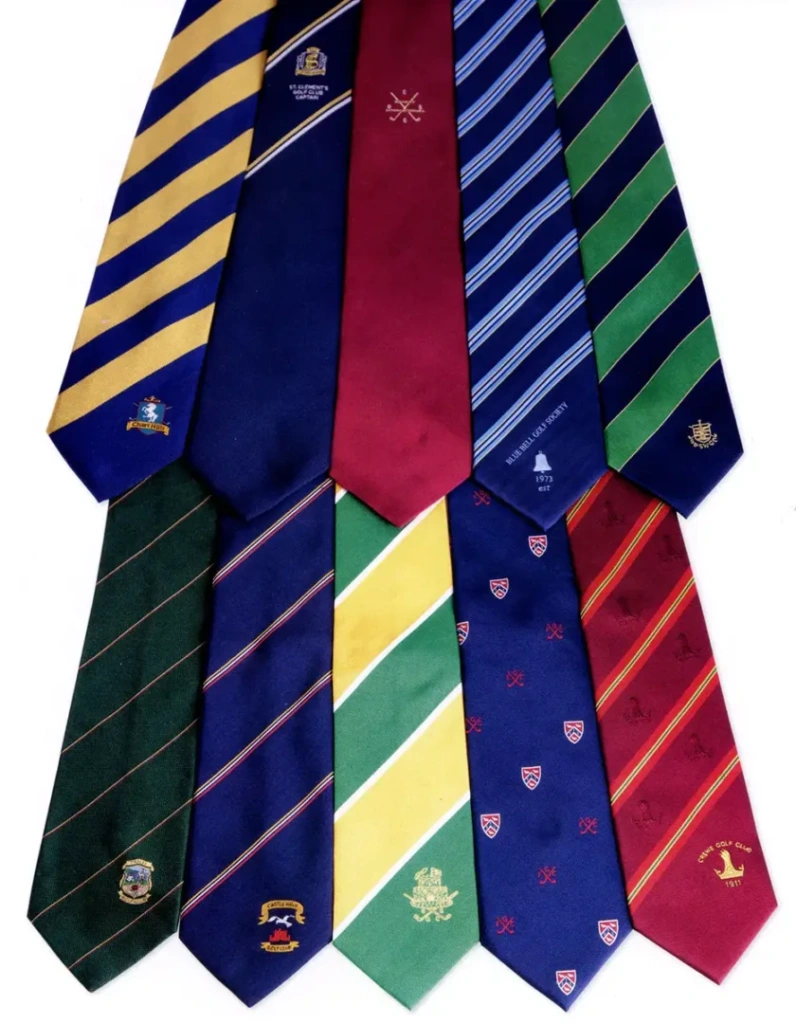
When to Wear:
Regimental: Best with business attire or blazers—traditionally reserved for those affiliated with the regiment or club.
Repp stripe (American): Universally wearable, though purists may balk at inverted stripes.
Knotting Technique:
The Pratt (Shelby Knot): Offers a symmetrical, medium-width knot that complements the tie’s structured stripes without overwhelming them. Bonus: Its namesake nods to Pratt’s, London’s storied gentleman’s club.
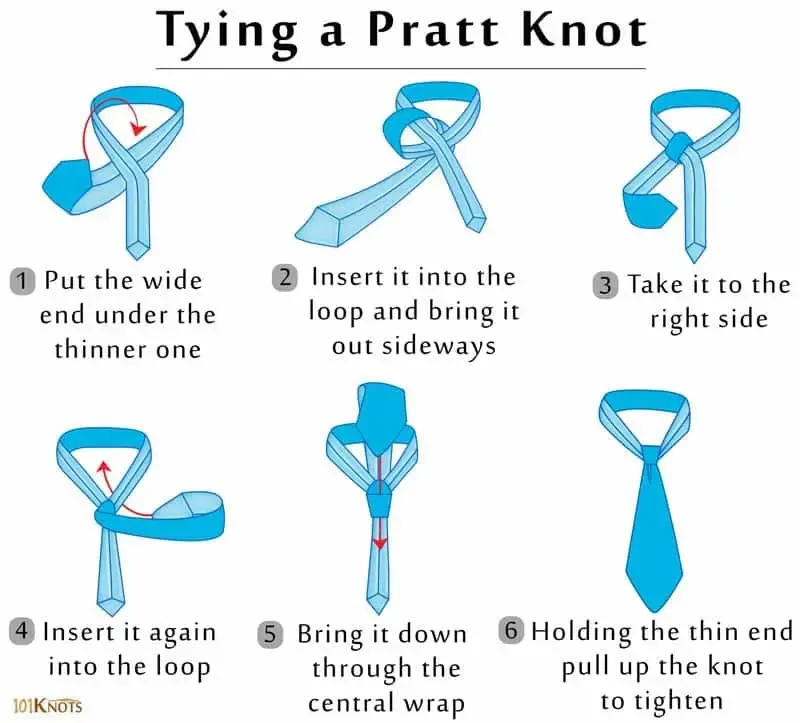
3. The Knitted Tie
Origins & Significance:
A working-class staple in the early 20th century, the knitted tie gained cachet through mid-century cinema (The Young Philadelphians, James Bond). Its textured, slightly rustic appearance makes it a versatile choice for smart-casual ensembles.
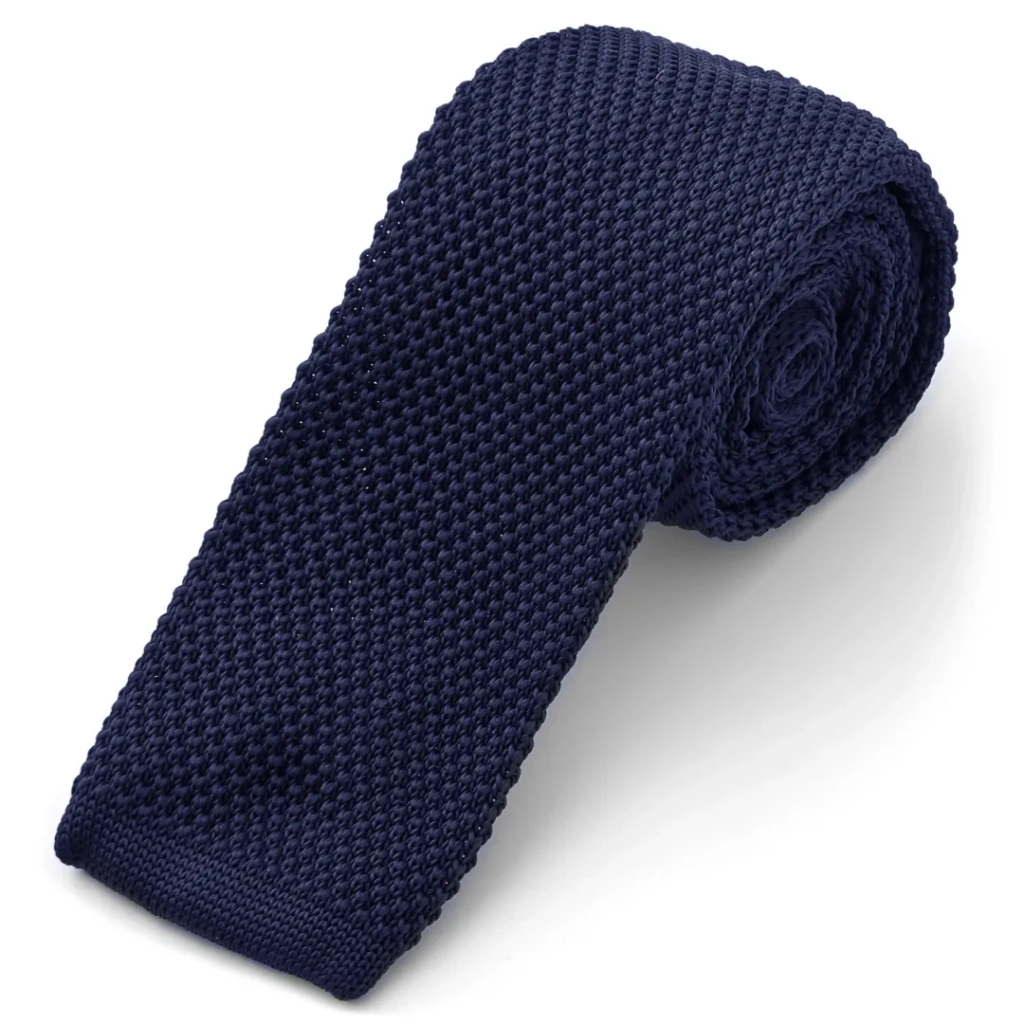
When to Wear:
With lounge suits, odd jackets, or even layered under a Shetland sweater.
Ideal for patterned sport coats, as its matte finish balances bolder fabrics.
Knotting Technique:
Prince Albert Knot: Adds dimension to the knit’s texture. (Despite the name, Prince Albert favored cravats.)
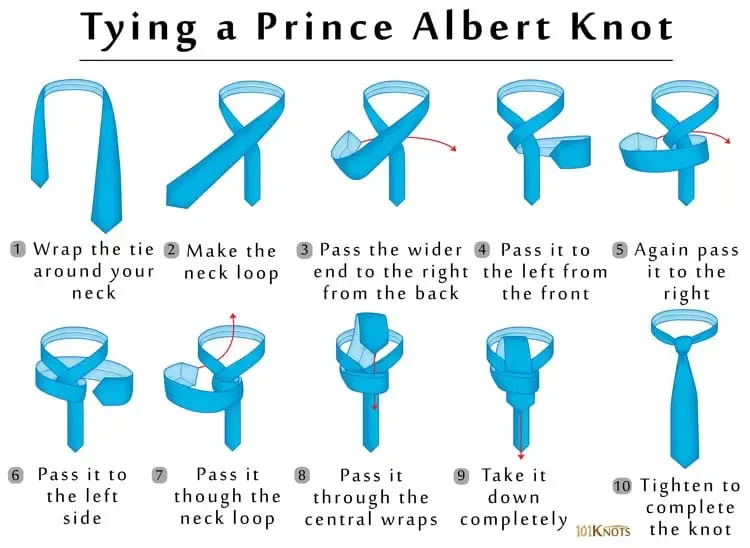
Kelvin Knot: A near-identical alternative—essentially an inverted Prince Albert.
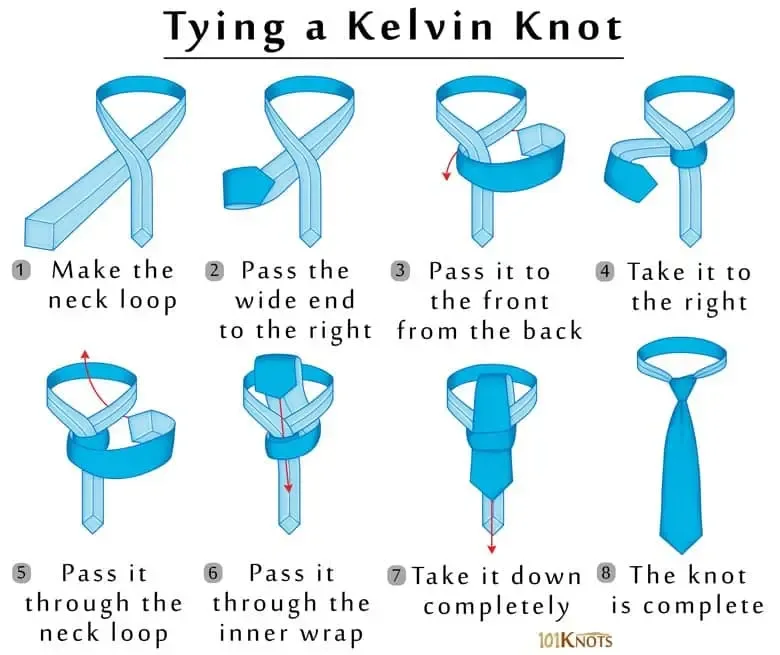
4. The Bow Tie
Origins & Significance:
Bow ties trace back to antiquity (see: Emperor Ardashir II) but entered Western fashion via 17th-century Croatian mercenaries. Today, they oscillate between black-tie formality and sprezzatura-infused daywear (à la Indiana Jones).
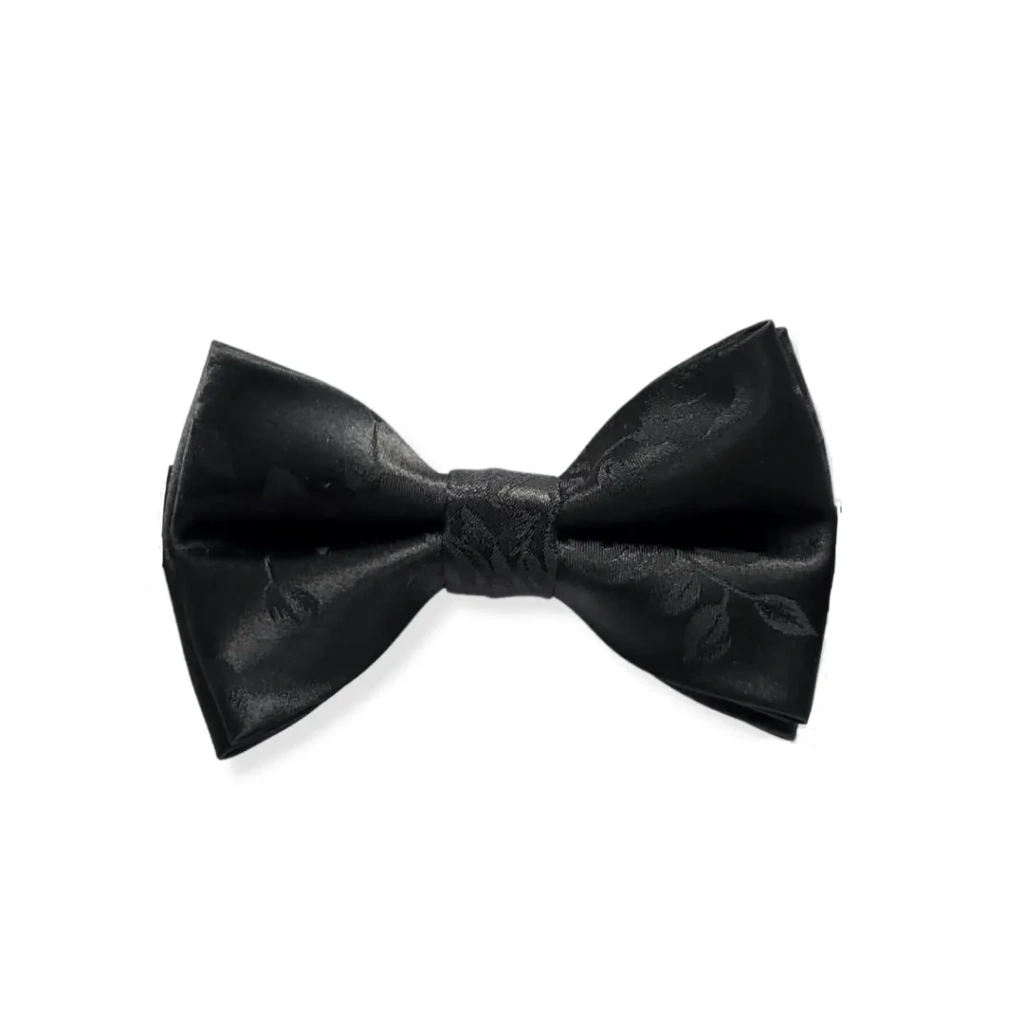
When to Wear:
Self-tied only—pre-tied bows are a sartorial faux pas (reportedly despised by Queen Elizabeth II).
For daytime, opt for tonal harmony with your suit or a complementary pocket square.
Knotting Technique:
Tie it like a shoelace—just adjust the angles for a crisper finish.
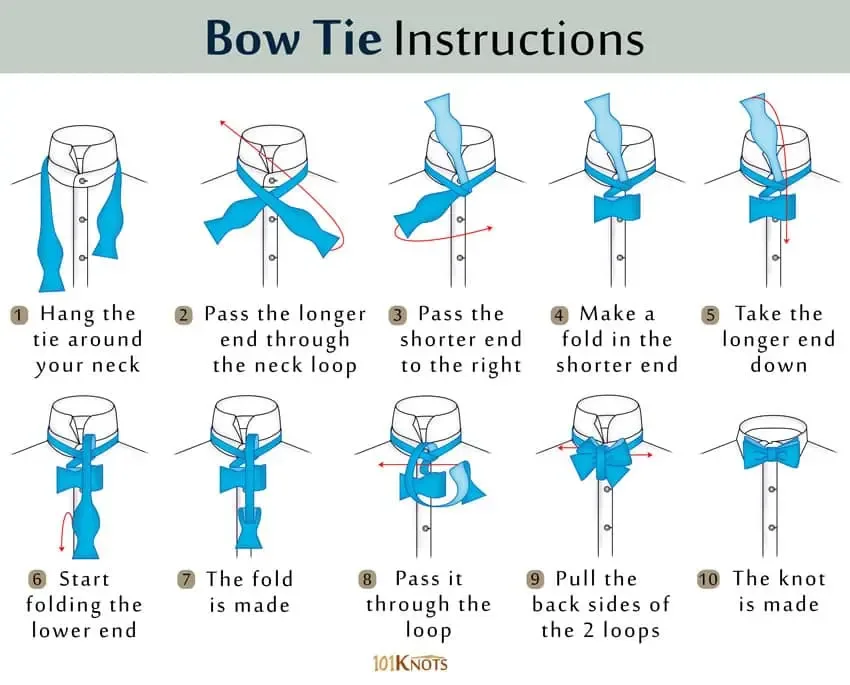
5. The Cravat or Ascot
Origins & Significance:
Born from 17th-century Croatian cavalry (“Cravats”), this precursor to the modern tie was adopted by French aristocracy. Today, it serves as both a morning dress essential and a dandyish alternative to open-collar casualwear.

When to Wear:
Formal: Silk cravats with morning coats.
Casual: Linen or wool Ascots for summer garden parties or layered under a jacket.
Knotting Technique:
Four-in-Hand base, with the rear blade pulled up over the knot to sit beneath the shirt collar.
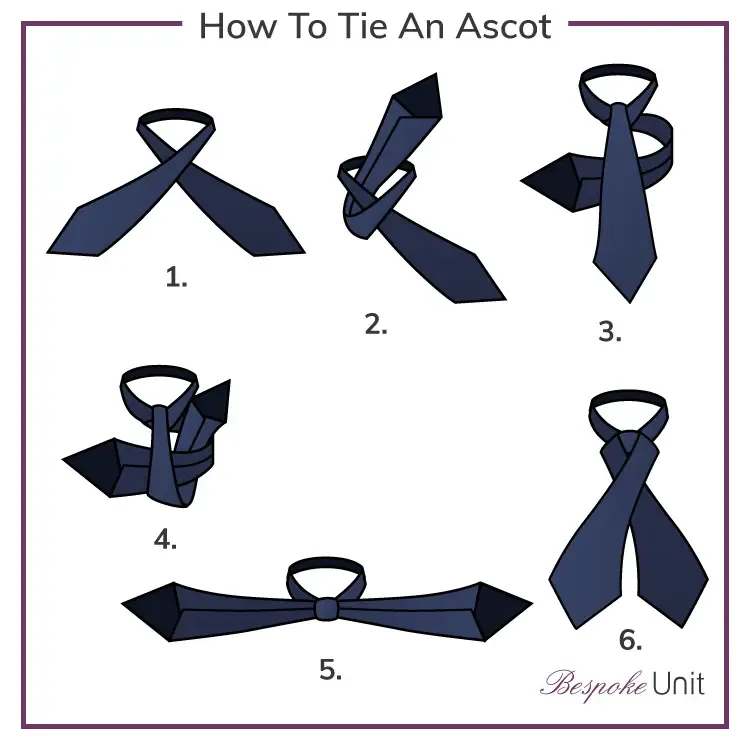
Final Verdict: Why the Tie Still Matters
Though Mark Birley’s tie-optional George Club signaled a shift in dress codes, the tie endures as a marker of intentionality. Whether channeling Beau Brummell’s elegance or a Bond-era sprezzatura, the right tie, knotted correctly, remains the ultimate sartorial flex.
For the modern man, the key is contextual awareness:
Silk for power suits.
Regimental for clubland gravitas.
Knitted for rakish ease.
Bow ties for bold individualism.
Cravats for historical flair.
In an era of relentless casualization, mastering these nuances ensures you stand out—for all the right reasons.
